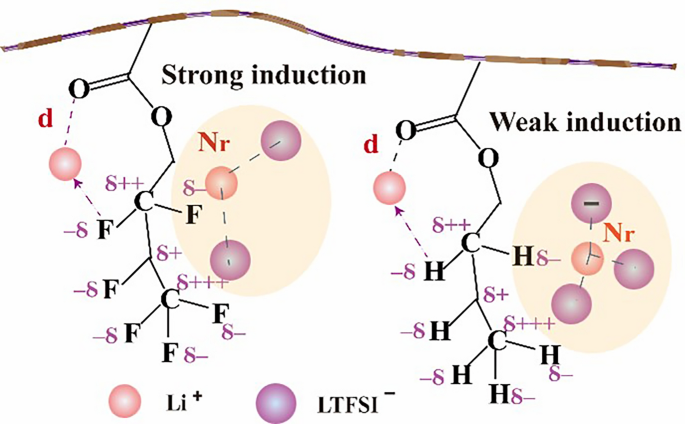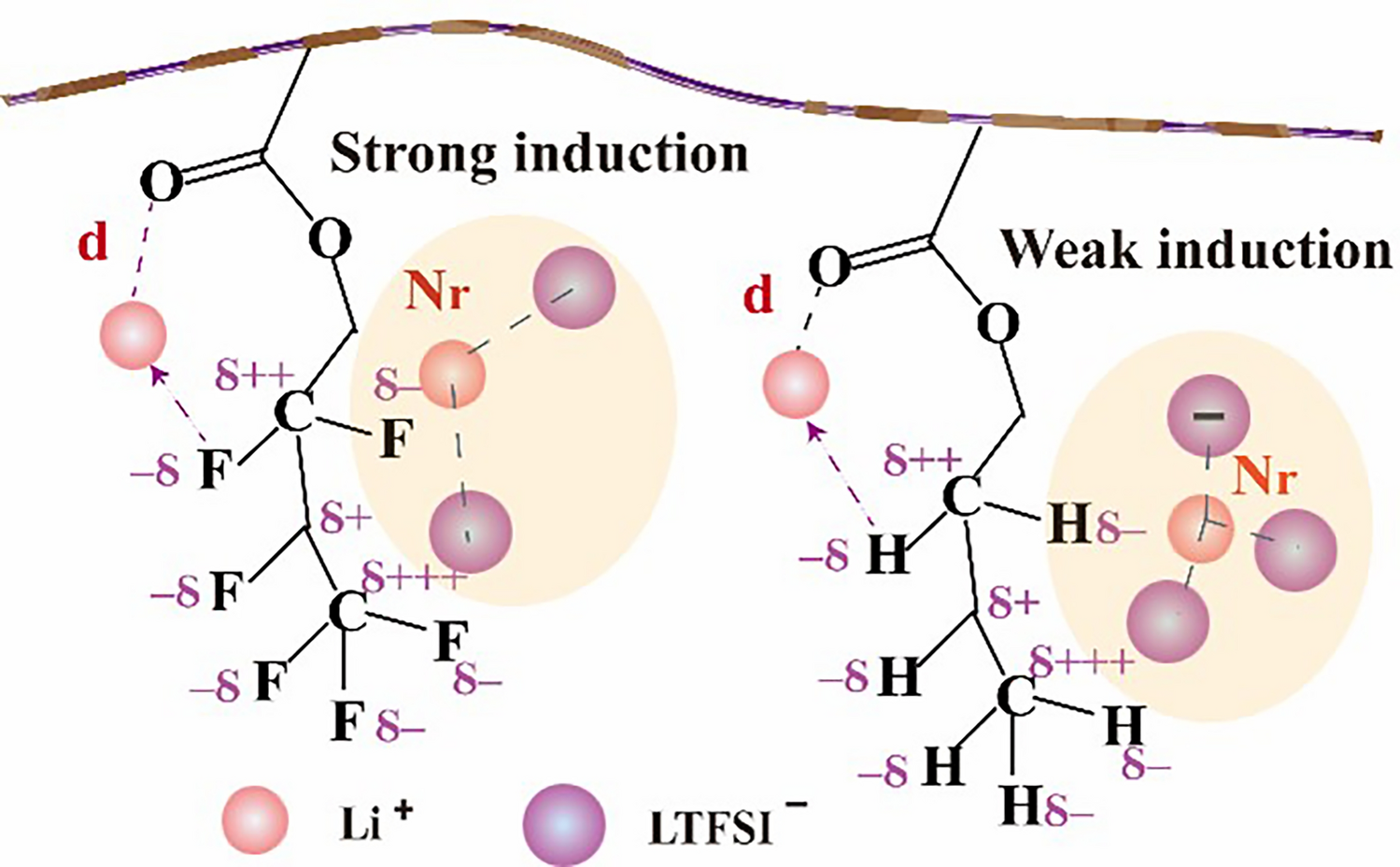Induction Effect of Fluorine-Grafted Polymer-Based Electrolytes for High-Performance Lithium Metal Batteries

In a major advance toward safe and ultra-long-life energy storage, Authored by Haitao Zhang and Xiaoyan ji from Luleå University of Technology and the Chinese Academy of Sciences introduce F-QSCE@30, a fluorine-grafted quasi-solid composite electrolyte that exploits the built-in induction effect of –CF2–CF–CF3 side chains to simultaneously boost ionic conductivity and sculpt a self-armoring LiF-rich interphase. Published in Nano-Micro Letters, the work rewrites the performance benchmarks for lithium-metal batteries.
Why This Research Matters
• Overcoming Liquid Limitations: Conventional organic electrolytes suffer from leakage, flammability and poor interfacial stability. F-QSCE@30 replaces them with a UV-cured, glass-fiber-reinforced membrane that delivers liquid-like conductivity (1.21 mS cm-1 at 25 °C) yet remains non-flammable and mechanically robust, eliminating safety hazards while enabling roll-to-roll processing.
• Enabling Ultra-Stable Cycling: The electrolyte sustains symmetric Li||Li cells for more than 4,000 h at 0.1 mA cm-2—over 15× longer than prior fluorinated systems—and drives Ni-rich NCM622 full cells to retain nearly 100 % capacity after 350 cycles at 0.5 C and 60 °C, addressing dendrite growth and capacity fade in one stroke.
Innovative Design and Mechanisms
• Induction-Effect Engineering: Highly electronegative fluorine atoms pull electron density away from carbonyl oxygens, weakening Li+–polymer binding, slashing activation energy to 0.25 eV and accelerating ion transport while suppressing ion-pair aggregation.
• LiF-Rich SEI on Demand: The same fluorinated segments decompose preferentially to LiF, seeding a dense, uniform interphase that blocks further electrolyte reduction and mechanically suppresses dendrites, as confirmed by XPS and 3D ToF-SIMS depth profiling.
• Scalable Fabrication: One-step UV curing of hexafluorobutyl methacrylate and ionic-liquid monomers inside a glass-fiber scaffold yields crack-free 90 µm membranes compatible with existing coating lines.
Applications and Future Outlook
F-QSCE@30 already meets 2030 USABC targets for capacity retention and rate capability, opening a realistic path to >400 Wh kg-1 pouch cells. The authors will next extend the induction-effect concept to sodium- and zinc-metal chemistries while optimizing mechanical strength for large-format solid-state packs, heralding a safer, energy-dense future for electric vehicles and grid storage.
Follow the Topic
-
Nano-Micro Letters

Nano-Micro Letters is a peer-reviewed, international, interdisciplinary and open-access journal that focus on science, experiments, engineering, technologies and applications of nano- or microscale structure and system in physics, chemistry, biology, material science, and pharmacy.
Ask the Editor – Polymers
Got a question for the editor about Functional polymers? Ask it here!
Continue reading announcement





Please sign in or register for FREE
If you are a registered user on Research Communities by Springer Nature, please sign in